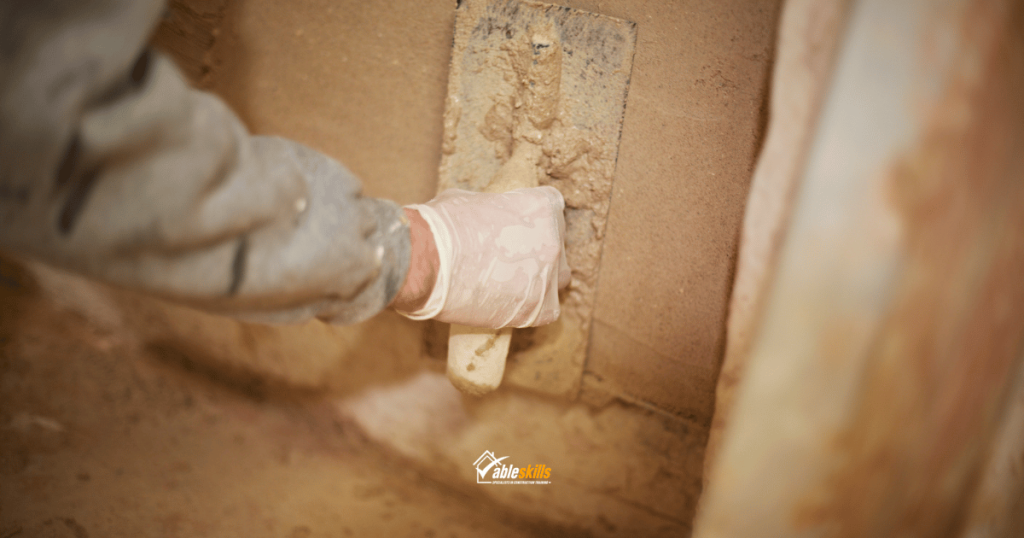
Whether you’re moving into a new home or looking for ways to spruce up your existing abode, plastering is a common task.
Given how frequently plastering skills are required in home renovation, be it repairing cracks, smoothing a wall before painting or adding insulation, many homeowners may want to consider learning to plaster themselves.
So is it worth learning to do the plastering yourself? Is it feasible? And does it make financial sense to do so?
Read on to find out why investing in a plastering course might make more sense than you first realised.
How much does a professional plasterer cost?
According to Checkatrade’s latest data for 2023, the average cost of getting a small room (9m2) plastered is £1,100. For a larger room (18m2), homeowners can expect to pay £1,900, and the average day rate of a plasterer is around £250.
The cost to have a plaster wall skimmed is around £24 per m2 and to have a small crack repaired can cost £200.
Why would you consider learning to plaster?
One of the most immediate reasons that springs to mind when considering whether it’s worth learning to plaster for yourself, is the money that you could save.
This means weighing up whether the cost of completing a plastering course is worthwhile when compared to what you would otherwise need to spend on a professional.
The five-day Introduction to Plastering course with Able Skills will equip you with everything you need to complete plastering jobs around the house, and costs significantly less than what you’d likely spend on a professional to plaster just one small room.
Should you choose to expand your skills, add on the five-day Advanced Plastering course and you could even complete both courses and still spend less than you would on a professional plastering a small room.
There is also the extra benefit of being able to complete jobs on your own schedule, rather than joining long waiting lists for professional plasterers who are often in high demand.
Things to keep in mind before learning to plaster
While expert tutors will be able to teach you the skills required to complete your own plastering tasks, it is worth remembering that plastering is a physical task and may not be suitable for everyone.
Some jobs, such as ceilings or high surfaces, may also require a ladder, which can lead to a risk of slips and falls.
What have others said about learning to plaster?
In one of our Student Success stories, we caught up with Rickie who had just completed the Introduction to Plastering course as a way of helping him complete his own home renovation.
Giving his thoughts on the course, Rickie said: “I had no experience at all and felt very confident after my training. I have loved how with practice, you improve so quickly.
“I am currently re-plastering most of the walls in my house. I have been using the methods and advice given by Joe and Neal, the only difference is that I use a speedskim for flattening and flexi trowel for the final stages.”
Are you interested in learning some basic plastering skills? You can find more information about the Able Skills Introduction to Plastering course here. If you’re searching for something a bit more advanced, then the Property Development course is ideal for anyone wanting to complete a wider variety of common home improvement tasks.